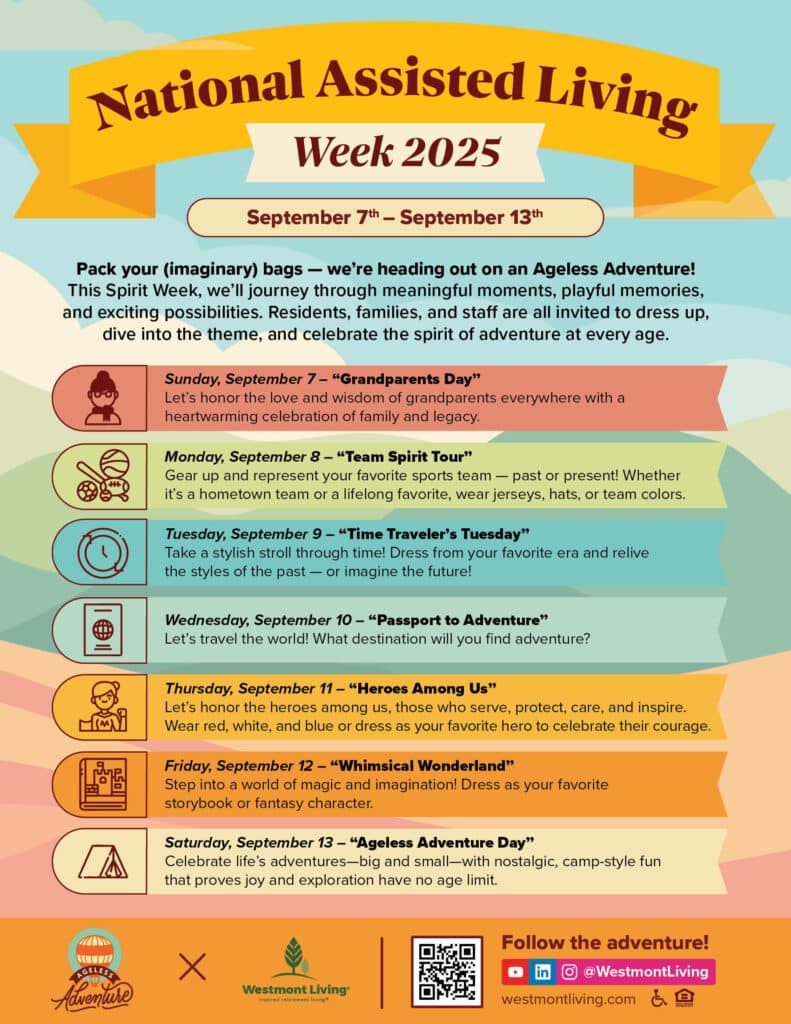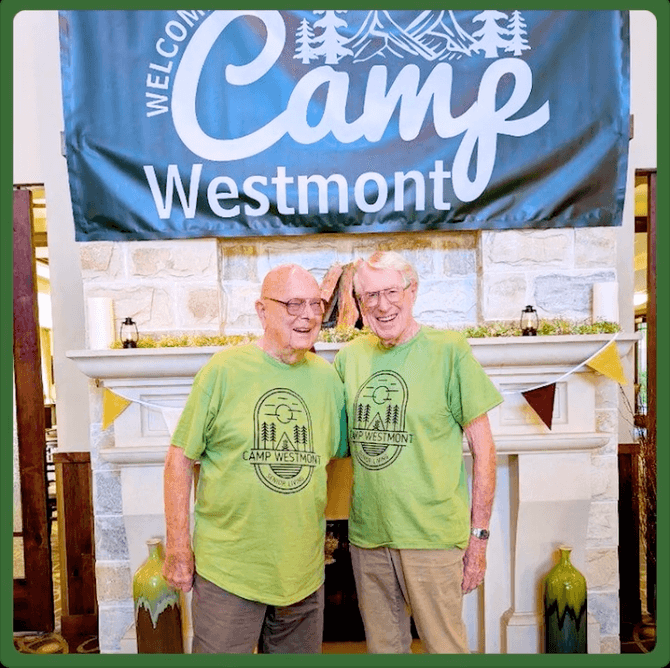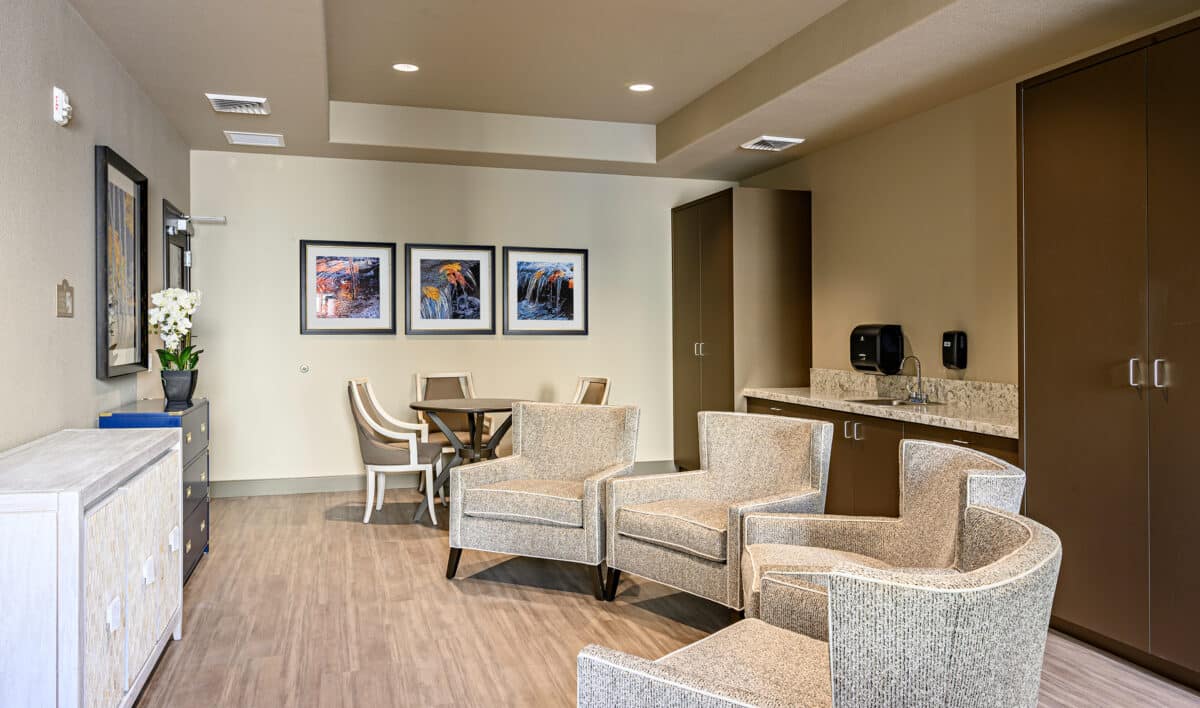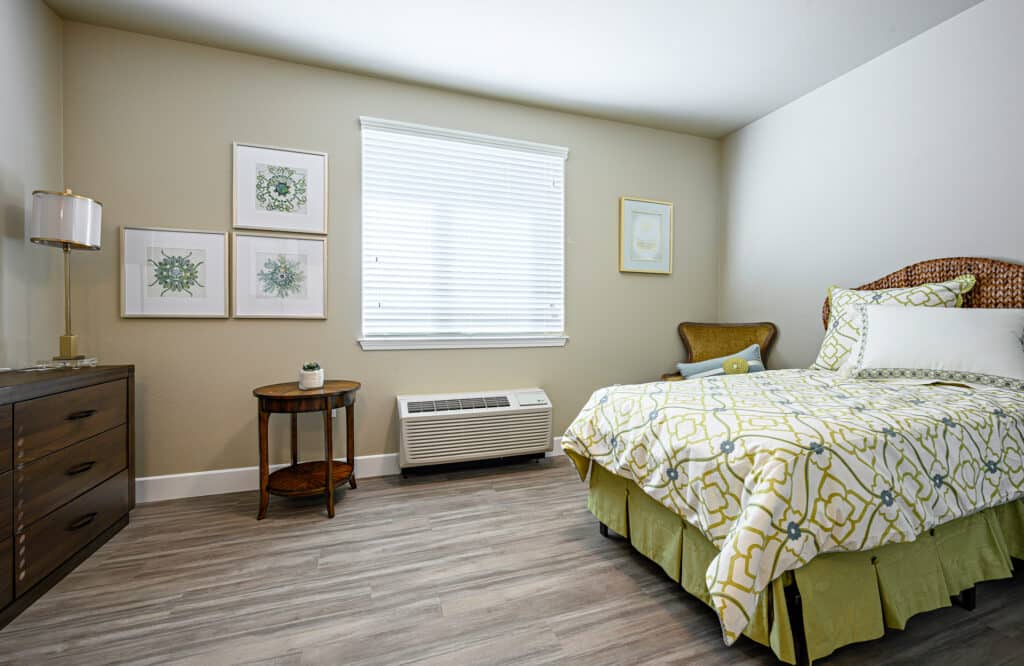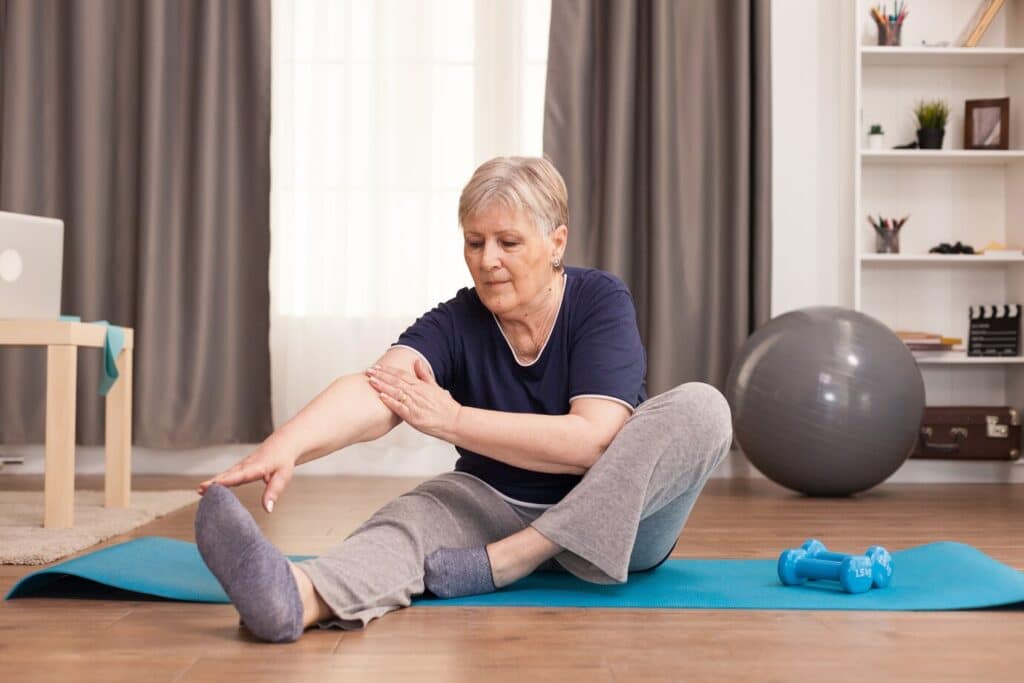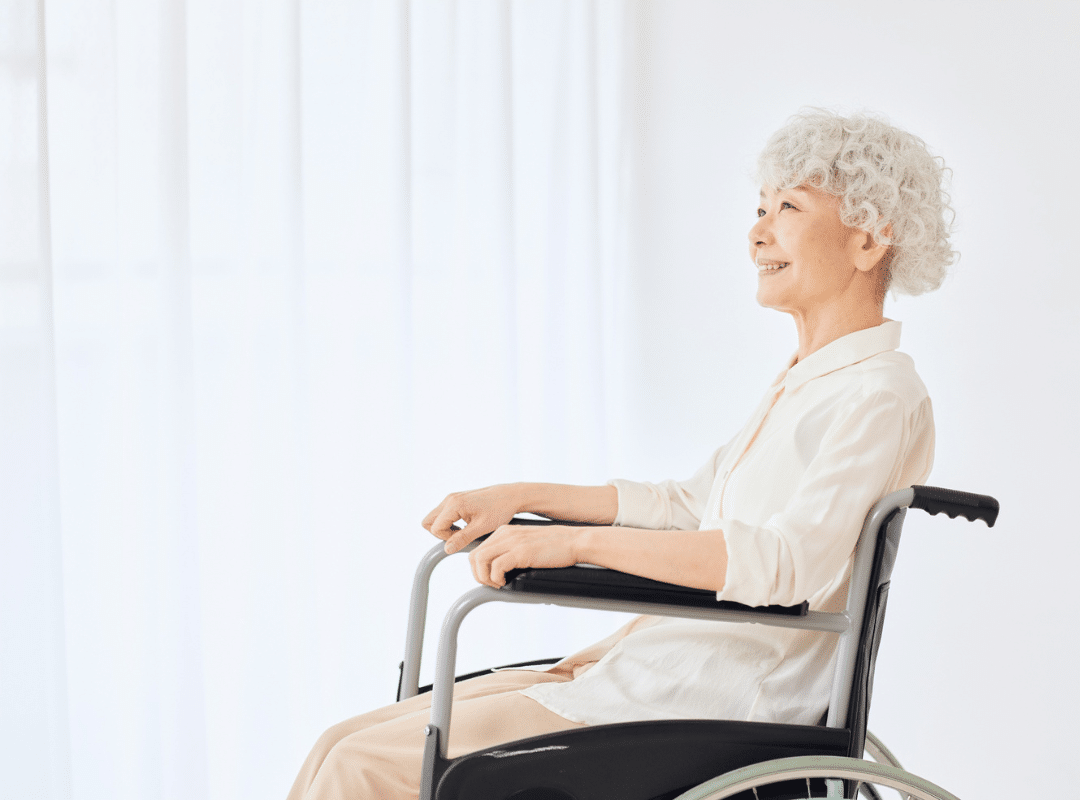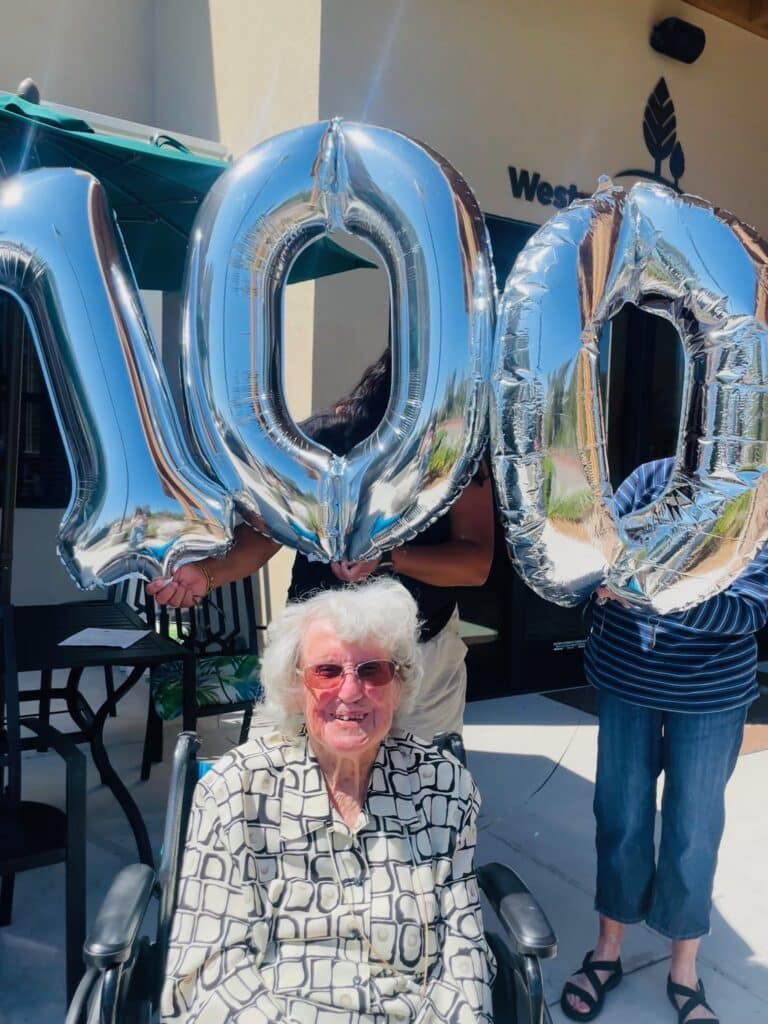Lifelong learning is more than just a pastime—it’s a powerful way to maintain mental sharpness, build social connections, and inspire a sense of purpose. At The Oaks at Paso Robles, we believe that offering educational topics for senior citizens isn’t just helpful—it’s essential.
Whether it’s embracing digital skills, exploring health and nutrition, or diving into retirement planning, engaging seniors in educational opportunities fosters wellness, independence, and personal growth. This blog explores a range of solutions and interesting topics to discuss with seniors that go beyond traditional learning—encouraging connection, empowerment, and joyful discovery.
For more information, visit our website at The Oaks at Paso Robles.
Understanding the Impact of Aging on Daily Life
As we age, it’s crucial to understand how aging shapes our daily experiences. Health topics for senior citizens, like memory retention, mobility, and emotional wellness, are essential in navigating this stage of life with confidence. Activities like storytelling can help stimulate memory, while volunteering keeps seniors socially and emotionally engaged.
Encouraging autonomy through routine activities promotes a sense of control and satisfaction. Exploring nursing teaching topics for older adults, such as medication management or chronic disease education, can empower seniors to take an active role in their care.
Building community and friendships is another enriching way to stay connected, proving that aging gracefully means embracing every opportunity to thrive.
Exploring Nutrition and Healthy Eating Habits
One of the most impactful educational topics for senior citizens revolves around food. Nutrition plays a pivotal role in managing energy, disease prevention, and overall well-being.
| Meal Type |
Examples |
| Breakfast |
Oatmeal with berries |
| Lunch |
Quinoa salad with vegetables |
| Snacks |
Greek yogurt with nuts |
Understanding balanced diets is a great short presentation topic for senior citizens. It can be delivered in bite-sized lessons that include tips on hydration, portion control, and using seasonal produce. Assisted living communities often support healthy eating with tailored nutrition programs that cater to dietary needs like low-sodium or diabetic-friendly meals.
ChooseMyPlate.gov is a government-backed resource that helps seniors build nutritious meal plans with easy-to-follow visuals.
Embracing Technology and Digital Literacy
Digital learning is one of the most interesting topics to discuss with seniors, especially when it directly enhances their quality of life. Learning to navigate smartphones, tablets, or video chat apps bridges generational gaps and promotes independence.
Starting with short presentation topics for senior citizens, like “How to Use a Smartphone” or “Staying Safe Online,” builds confidence. Digital safety and scam awareness are particularly relevant nursing teaching topics for older adults, helping protect them from fraud.
Embracing tools like email, YouTube, or Zoom can also open the door to hobbies, faith communities, or book clubs. Integrating smart home technology promotes both convenience and safety, making tech education a must-have for modern senior living.
Financial Planning for a Secure Retirement
Aging brings new financial responsibilities, making retirement planning one of the most practical educational topics for senior citizens. From budgeting and managing expenses to understanding Social Security, learning financial literacy is key to reducing stress.
Cover nursing teaching topics for older adults, like healthcare budgeting or reviewing insurance coverage. Exploring estate planning, wills, and powers of attorney are also essential.
Consider working with a financial advisor or attending a senior-focused seminar. Westmont Living supports this journey through a comprehensive senior care plan, helping seniors and families make informed choices.
Engaging in Physical Activity and Wellness Strategies
Exercise is not only good for the body but also the brain. Including health topics for senior citizens in your daily discussions—like fall prevention, posture, and balance—can drastically improve confidence and mobility.
Encourage participation in:
- Chair yoga
- Water aerobics
- Light strength training
These can be featured as short presentation topics for senior citizens, easily integrated into community wellness calendars. These activities are not only enjoyable but also create moments of bonding with peers.
Wellness workshops can also include stress reduction, sleep hygiene, and mindfulness practices. Assisted living residents can also benefit from personalized care that supports mobility and mental wellness, creating a holistic approach to healthy aging.

Additional Interesting Topics to Discuss with Seniors
Beyond health and finance, there are many interesting topics to discuss with seniors that inspire joy and connection:
- Travel and Culture: Share past travel experiences or explore new destinations virtually.
- Music & Memory: Discuss favorite songs or host a “name that tune” event.
- Creative Arts: Painting, poetry, or storytelling to stimulate creativity and memory.
These topics are perfect for group discussion, memory cafés, or intergenerational programs. They’re also ideal for short presentation topics for senior citizens that blend fun with purpose.
Senior Planet offers free online classes in technology, arts, and wellness tailored to older adults.
Hosting Presentations: Simple Yet Powerful
One of the best ways to present educational topics for senior citizens is through mini-seminars or group sessions. Whether hosted by nurses, staff, or guest speakers, these presentations offer focused, digestible knowledge.
Great nursing teaching topics for older adults include:
- Medication safety
- Understanding diagnoses
- Healthy sleep habits
- Mental health awareness
These presentations should be interactive, with handouts and Q&A time, helping to reinforce the information while building relationships between caregivers and residents.
Ready to Keep Learning and Living Well?
Educational enrichment doesn’t have to end with retirement—it can thrive! The Oaks at Paso Robles offers a variety of programs designed to nurture curiosity, boost wellness, and support independent living.
Whether you’re exploring health topics for senior citizens, engaging in short presentation topics for senior citizens, or discovering nursing teaching topics for older adults, we’re here to support every step of the journey. Keep asking questions, exploring passions, and connecting with others.
For more information, call us at (805) 239-5851. Schedule your tour today at The Oaks at Paso Robles.
Frequently Asked Questions
What are the topics related to old age?
Topics related to old age often include health and wellness, retirement planning, emotional well-being, and social connections. Seniors may also focus on housing options, financial security, and ways to maintain independence. Issues such as managing chronic conditions, memory care, and staying physically active are also highly relevant. These topics help older adults navigate life changes while ensuring comfort and quality of life.
What are seniors interested in learning about?
Seniors are often eager to learn about technology, healthy lifestyle practices, and hobbies that keep them engaged. Many are interested in educational topics such as history, art, travel, and personal development. They may also want to explore digital literacy to stay connected with family and friends online. Lifelong learning gives seniors purpose, stimulates their minds, and helps them adapt to new opportunities.
Which topic is the most appropriate to focus on with older adults?
The most appropriate topic depends on their individual needs, but health and wellness are generally top priorities. Focusing on subjects like nutrition, exercise, and mental well-being can make a meaningful impact on their daily lives. Technology training is also valuable, as it helps seniors stay connected and independent. Tailoring topics to match their interests ensures the learning experience is engaging and practical.
What activities are good for senior citizens?
Good activities for seniors include light physical exercises such as walking, yoga, or chair aerobics to maintain mobility and strength. Social activities like book clubs, group games, or volunteer work encourage connection and reduce isolation. Creative hobbies such as painting, gardening, or music offer both joy and relaxation. These activities not only promote health but also improve emotional and cognitive well-being.
